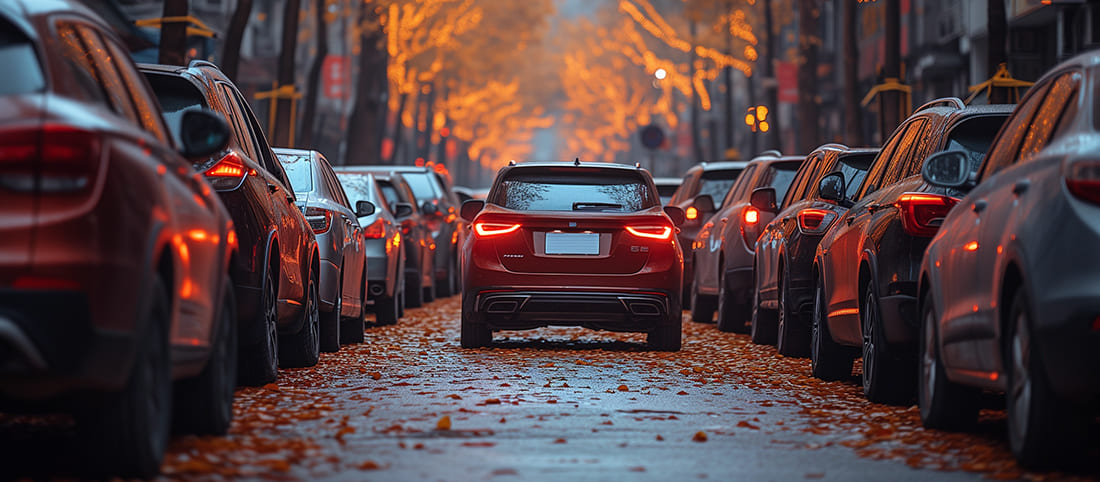Park & Ride Systems - What Are They And How To Implement Them?
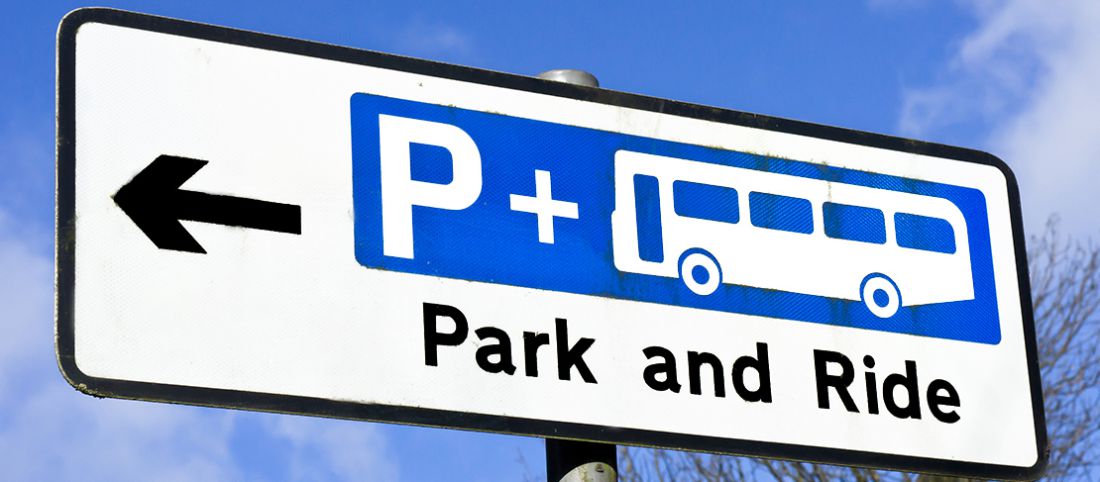
Parking congestion is an ongoing problem. That's why finding ways to reduce the number of people driving into major cities is so important. With so much traffic going into cities every day, search for a better option to beat the traffic and avoid parking altogether.
The answer to this problem? Park-and-ride systems!
These systems allow you to park your car in one location and then ride public transportation to your final destination, which eliminates the need for multiple trips from home or work in busy urban areas.
Table of contents:
What Does “Park & Ride” Stand For?
Also known by its abbreviation “P+R”, a park-and-ride system is a public transportation system in which commuters drive to a central location and leave their cars there before boarding a bus or train. Park-and-ride lots are usually located near a highway interchange, which makes it easy for the driver to reach the designated parking area for their vehicle. Once parked, commuters can take a bus or train to their final destination.
Park and ride facilities may be consolidated or scattered; they may also be located on existing transit lines or at sites that must be constructed especially for them (such as commuter lots). Their locations are typically chosen based on proximity to where travelers need to go, as well as the cost and availability of land near major highways or roadways with high traffic volumes.
Benefits of Park & Ride Systems
For Drivers
Park & Ride systems are designed to help people avoid having to deal with parking fees when using public transportation while offering many other additional benefits.
First, they save money on fuel. By getting rid of multiple cars per household, park-and-ride systems help reduce pollution by eliminating the need for private vehicles to be on the road at all times. This also means less traffic congestion in general, since there are fewer cars on the road during rush hours or at other times when traffic is high.
Park-and-ride systems provide more job opportunities for drivers who transport passengers between locations daily. They also allow people with disabilities or limited mobility access to public transportation options without having to worry about parking fees when using public transportation.
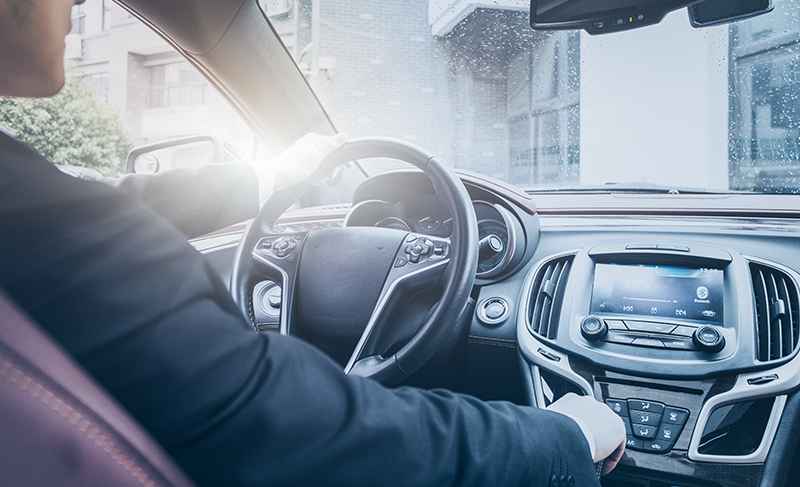
For Transit Agencies
Public transit agencies benefit from park-and-ride systems in several ways.
- They increase ridership for buses and trains that serve the area.
- They reduce the time it takes to load passengers onto vehicles and unload them at their destinations.
- They improve access to transit services for people who live in areas far from bus stops or train stations.
- They reduce the necessity for driving by providing travelers with alternatives to personally owned vehicles when traveling long distances (think: taking a car trip across town versus taking public transportation).
- They reduce parking demand by providing free parking near transit stations so commuters can leave their cars there while using public transportation during peak hours where parking is scarce or expensive.
- They help reduce traffic congestion by moving more cars off of congested city center roads which helps buses and other forms of public transport to move faster

How Do You Implement a Park-and-Ride System?
Once you've determined that a park-and-ride system is the right solution for your community, there are several steps to take.
1. Choose a Location and Lot Size
As you begin to consider the location and size of your parking lot, there are a few things that you should take into account. You can choose any area that's close enough to your city so that people will be able to drive there easily and park their cars, buses, or other modes of transportation. The best locations for a park and ride are usually those with easy access from major highways or roads leading into the city center from outlying areas.
The lot size should also be large enough to accommodate the number of cars expected at peak hours, as well as any future growth over time.
2. Create a Plan for Publicizing your Park & Ride System and Measures for Improved Comfort
- Publicize the Location
Once you have chosen a location, make sure that everyone in town knows about it by creating advertisements and flyers detailing information about what kinds of services will be offered at this site (where they can park their cars or other vehicles), how much it will cost them per month or year (if there is any charge involved at all), whether there are plans underway for expanding capacity if needed, etc.
- Publicize Hours of Operation
It's important to let people know when they can park in these lots, so they don't end up getting towed or ticketed by mistake. This could be done through signs at intersections near each lot, but it would also be helpful to add this information on your website or other platforms where people might find it relevant (such as social media). In addition, make sure that you're clear about whether there are fees associated with parking in these lots; if so, make sure you clearly explain how much those fees are and when payment needs to be made in order for someone's car not to get towed away!
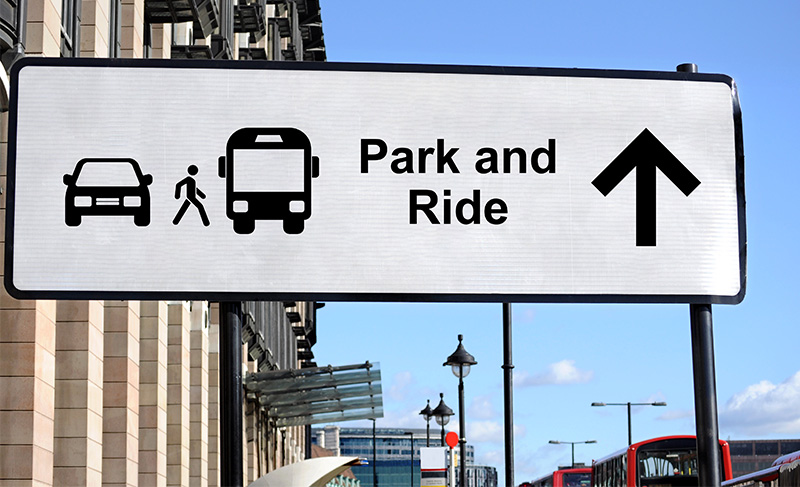
3. Set Up a Payment System for the Parking Facility and Transportation Service
You can use a number of different payment systems for your park-and-ride system. You can choose between a ticketing system, online payment system and pay-by-plate system.
- A ticketing system is a classic type of payment option based on issued tickets with barcodes that you scan when entering and exiting the facility. The downside is that they're not as easy to use as other payment options like mobile apps since drivers will have to save the ticket until it’s time to leave. There’s also the possibility of waiting in line at the exit because every driver needs to stop and pay - and that can be pretty annoying.
- Pay-by-plate system is a system in which drivers are required to pre-register their license plate number before parking. The driver then parks their vehicle and enters the lot. The system recognizes the car's license plate and identifies the driver as having paid parking. This type of system can be used in large public parking lots and at airports. The main benefit of using this type of system is that it saves time for both drivers and employees by eliminating the need for drivers to go through a line or pay at an automated kiosk.
- Online payment systems. One of the main benefits of online parking payment systems is that they provide a convenient and hassle-free way to pay for parking. Traditional parking payment methods, such as coins and parking meters, can be inconvenient and time-consuming. Online payment systems, on the other hand, allow individuals to easily pay for parking from their mobile devices or computers, without the need to physically visit a parking meter or pay station.

4. Manage Your Park & Ride System with the Right Software
In order to run a successful park-and-ride system, you need to have all the information about your users at your fingertips. This includes things like:
- Where they parked their car;
- When they parked their car;
- How many people used your service on a given day or week, etc.
These data can be easily provided by implementing a parking occupancy detection system. Implementation is easy - you just need to set up detection cameras in the parking lot, and they will send real-time data directly to the cloud-based software.
A good parking management system can help manage your parking lots, payments, ticketing, and customer data—all areas that need to be managed when implementing a P+R system. With a parking management system for your park-and-ride parking lot, you can divide your parking lot into zones. This will help you manage the number of vehicles allowed in each zone.
You can also create different parking rates for each zone. The rates will depend on how accessible the zone is, whether it is close to the terminal or far away from it. You can also use this software to manage your revenue by creating different types of tickets depending on their duration and price. It is important to keep in mind that having a good parking management system will help you keep track of all your vehicles and customers at all times!
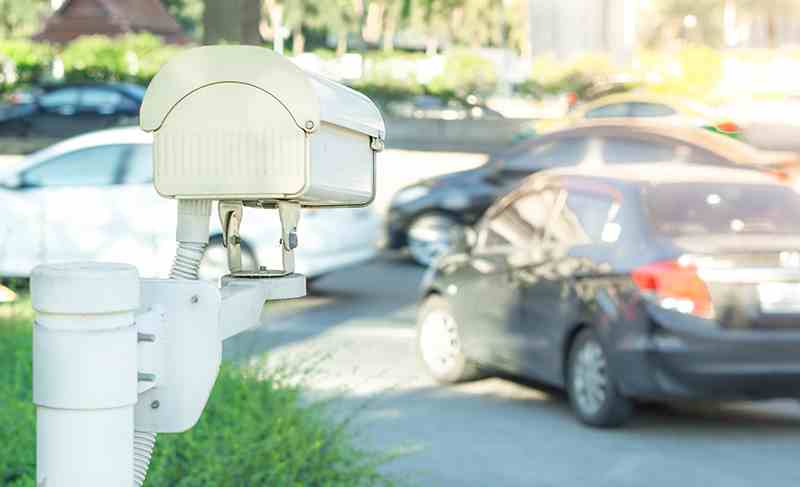
The Best Examples of Park & Ride Lots Around the World
When it comes to Park & Ride systems, not all lots are created equally. Some examples of Park & Ride lots around the world have gone above and beyond to provide commuters with a convenient, safe, and comfortable experience. In this section, we will take a look at some of the best examples of Park & Ride lots from around the world. We have also included some of the public Google reviews that people have left for these P+R lots.
Amsterdam Park and Ride (P+R)
Since Amsterdam is already a well-structured city when it comes to traffic and transportation, it’s no wonder that its park-and-ride system is also quite developed. Amsterdam P+R lots can be found at 12 different locations around the outskirts of Amsterdam, offering several thousand parking places to the citizens and city visitors.
PRICE: The price of P+R is €1 for a 24-hour period if the parking is used after 10 AM. If it’s used before 10AM then the daily price is €8. It’s important to remember that P+R lots are available for these prices only if the commuters plan to use public transport. If one plans to park there and not use public transport, the fee will be significantly higher.
P+R Arena
The cleanest parking P+R I have ever used in Netherlands. Very modern design. Easy to read markings and boards. Security and personnel available to help.
Oxford Parkway Park and Ride
This may seem odd to you, but there’s no official Park & Ride system available for drivers in London. The closest to P+R London has are parking lots for the London tube. However, the one in Oxford is quite popular for everyday commuters to London, especially those who work there.
PRICE: A combined ticket for parking and bus to Oxford costs £4, but if you choose to park only, then it’s free only for the first hour. 24-hour parking would cost around £4.
One of the better P & Rs serving Oxford. Useful for both visits to Oxford and London by train.Waiting room is always tidy and warm.
Vienna P+R
Vienna’s P+R system is also very well developed. Besides having P+R facilities on the outskirts of the city, Vienna also has several multi-story garages close to the city center that operate 24/7. In total, there are 10 P+R facilities and 17 garages connected to public transport.
PRICE: The current price of P+R in Vienna starts from €3.60, although some of them are completely free if you use public transport. Those closer to the city center are more expensive.
Park & Ride Siebenhirten (U6)
A nice and clean P+R parking place next to the U Bahn. (… ) It is really cheap compared to the inner ones. Highly recommended.
Los Angeles P+R
P+R lots in the United States are quite common, especially in larger cities such as Los Angeles. There are dozens of P+R lots in LA available for drivers, which makes commuting a lot easier in this city with a population of 4 million people.
PRICE: Many LA P+R lots are free for use, however, those close to the city center can cost up to $14 a day. Check out the map of P+R lots in Los Angeles for more information about the availability of parking spaces.
Rosecrans Station Park & Ride
Plenty of parking spaces. Great way to get downtown LA without dealing with traffic/parking fees.
A park-and-ride system an reduce traffic congestion in busy areas, but proper implementation is key to success
As you can see, a park-and-ride system can be an effective way to manage traffic congestion. However, it isn't a cure-all solution to traffic issues. Therefore, you'll need to be sure to carefully consider your project's location, budget, and type of parking management system in order to create the most optimal outcome. Will the community support a parking structure? How many people will utilize the park-and-ride system daily? These questions and more must be answered in advance. After all, you want to make sure that your hard work manifests into a successful park-and-ride system.


